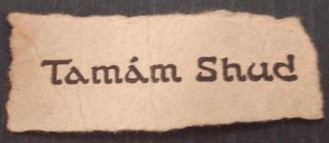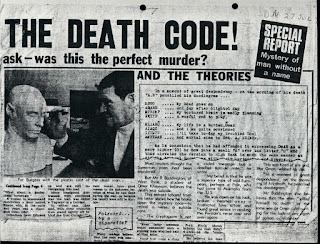
We have no desire at the present time to discuss the wider issues of so-called "cultural appropriation" and the hysteria this provokes in the ill-educated who have been taught to assess all human endeavours in terms of power relationships. Instead, this post is a deliberate celebration of "cultural appropriation" ("assimilation", "exchange" etc.) as a motif in orientalist art, which is to say the occidental appropriation of the orient in visual representation. We have today reverted to the historical norm of hostility and separation. In periods of "identity politics" such as our own everyone retreats into their respective ghettoes. From this perspective we can see once again just how exceptional was the orientalist project - the sympathetic, we might even say loving, or at least envious, embrace of the manners and customs of the East. The collapse of this ideal into a rancorous 'post-colonialism' is one of the tragedies of the XXth century.
"Appropriation" is nowhere so blatant as in the work of the English academic painter William Clarke Wontner. Although counted as a minor artist in the Neo-Classical school under the influence of Sir Lawrence Alma-Tadema and more directly Sir Lawrence's great protégé John Godward, with whom Mr Wontner was a lifelong friend - the debt to the latter being obvious - and although he was not, like the Orientalist painters proper, a traveller to far-off lands, he is counted as an Orientalist because his great love of eastern fabrics and fashions led him to specialise in portraits of English ladies posing languorously and dressed in the modes of the East. These strike us as somewhat awkward and incongruous today. Our images of West/East transfer are rather like the following:
This is an image not of "appropriation" or "assimilation" but of capitulation; it is a transfer between two hardened camps (ghettoes) typical of the disaffected. Such transfers speak of self-alienation and a self-destructive fetishization of the 'other'. Mr Wontner lived in a different age that enjoyed quite different cross-cultural dynamics. His paintings still glow with cultural confidence. If there is a 'fetishization' of the 'other' it is at least healthy and not self-mutilating. His paintings are still about an integral European beauty. Here are some examples:
Similarly, the following painting from 1900 is entitled The Lady of Bagdhad even though the lady in question is clearly not a lady of Bagdhad.
Just as the painting at the top of this page, entitled An Egyptian Beauty - one of the artist's most alluring paintings - is not, in fact, of an Egyptian beauty. It is a European beauty dressed as an Egyptian beauty. Other paintings by Mr Wontner, however, were titled without the pretense. The following portrait from his later career is entitled A Beauty in Eastern Costume, which may as well have been a generic title for nearly everything he painted.
Mr Wontner is, then, an imitator of the Orientalists, properly considered. The nearest he has been to the east is the acquisition of some eastern fabrics and the viewing of works by artists who had actually traveled to the east and recorded its life and ways. Here is a painting from 1903 that clearly imitates that orientalist reportage:
A personal favourite of the present writer is the painting entitled The Jade Necklace, thus:
Wontner is assuredly not a great painter. His friend Godward - that martyr to classical ideals - was a great painter. Here is a detail of Mr Godward's Lycinna that shows the difference of quality. There is no question that Mr Godward is the better painter.

But although our own age has delegitimized nearly every aspect of Wontner's work, including his dedication to feminine beauty - and, unlike Godward, his technique is not of such a high standard that his work transcends our prejudices - he remains nevertheless a painter of revealing interests. There is more going on in his work than English ladies playing dress ups. Among his interests, for example, is the conjunction of orientalist concerns with an interest in the occult and exotic spiritualities, a theme often pursued in this current blog. Here, for instance, is a painting called False Gods, in which the subject of Egyptian deities intrudes into one of the artist's standard female-in-eastern-costume portraits:
'False gods' perhaps, but the force of the painting, of course, is to make the 'false god' as attractive and as alluring as the 'East'. Mr Wontner's purpose, always, is to render the eastern 'other' erotic. Consider this painting as an example:

The seductive east. As we have noted again and again on these pages, this is counter to every notion of the Mahometan bogey constructed over long centuries of Crusader hostility. Again: orientalism is remarkable for being the first sympathetic embrace of the east by Europeans. Similarly, the artist's purpose in False Gods is to enchant the gods that normative Christian sensitivities dismiss as demonic and evil. The woman holds the god in question tentatively, to be sure, but it is clear that her dressing in the eastern manner is a prelude to deeper inquiries. Mr Wontner's women are Europeans, certainly, but they are no longer citizens of a fearful 'Christendom'. This is true of orientalist works in general. And where Wontner's interests extend outside the orientalist frame, he continues his fascination with the exotic and occult. Here, for instance, is his Fortuneteller. In the polarised decay of our so-called 'multiculturalism' this, alas, is a view of the gypsy we can no longer enjoy.
* * *
Yours,
Harper McAlpine Black































